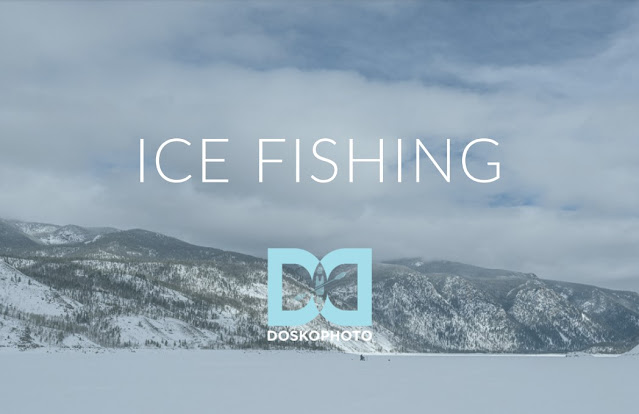AI and the Outdoor Industry: What’s Real Anymore?
AI and the Outdoor Industry: What’s Real Anymore?
I shot my first real photographs on film—printed by hand, developed in a darkroom that smelled like fixer and focus. From there, I learned how to scan negatives into digital files, watching the craft shift beneath my feet. Then came the full digital revolution. Suddenly, photography wasn’t just what you saw through the lens, but what you shaped afterward—through Photoshop, Lightroom, and whatever new tools arrived next.
Editing, for me, was never cheating. It’s always been part of the process. I've used Lightroom and Photoshop for over 20 years now, refining and evolving right along with the tools. I’ve never understood the “digital purist” crowd who insist that cropping or color correction is sacrilege. But even I have to pause and ask:
Where’s the line now?
Because like it or not, we’ve entered the age of AI—and it’s changing everything.
Lately, I’ve seen outdoor ads that feel…off. Perfect light, perfect symmetry, perfect everything. And I can’t help but wonder: was this made with a camera or a keyboard? Did someone hike up a trail for hours to get that shot—or just type a few prompts and let pixels do the rest?
In most industries, AI-generated visuals might not raise eyebrows. But in the outdoor world? It feels different. Out here, we earn our images. The sunburns, early alarms, sore legs, and unpredictable weather—that’s all part of the story. The imagery we use to represent this world should carry some of that weight too.
But I’ll admit, I’m conflicted.
Take a recent image I worked on. Below, I’ve included a few versions:
-
The final edit I delivered to the client, with a warmer tone and brighter sky to reflect the sunny mood they wanted.
-
A version with Photoshop’s AI-generated clouds (spoiler: they looked fake).
-
And one where I composited in clouds from another photo I shot earlier that week—real textures from a real sky.
That last one got me thinking: if I used real photos to enhance another real photo, is that more “honest” than using AI? What about when AI is trained on real skies? What if you can’t tell the difference?
And then there's the big leap: what happens when brands decide they don’t need real locations or real photographers anymore? Imagine a backpack company skipping the shoot altogether—no trails, no hikers, just AI-generated people and gear, dropped into an imaginary mountain landscape.
Would you be okay with that?
Does it still count as outdoor storytelling? Or does it cheapen what we’re all out here trying to do?
I don’t have all the answers. I’m just a guy with a camera, trying to keep up with a moving target. But I’d love to hear your thoughts.
How much AI is too much?
Where should the boundary be—not just in photography, but in creativity, storytelling, and the real-world grit that defines outdoor life?
And yes—before you call me out—I did use a bit of AI to help write this post. 😅
Hit reply. Let’s talk.
Stay wild, stay real,
– Dustin






Comments
Post a Comment